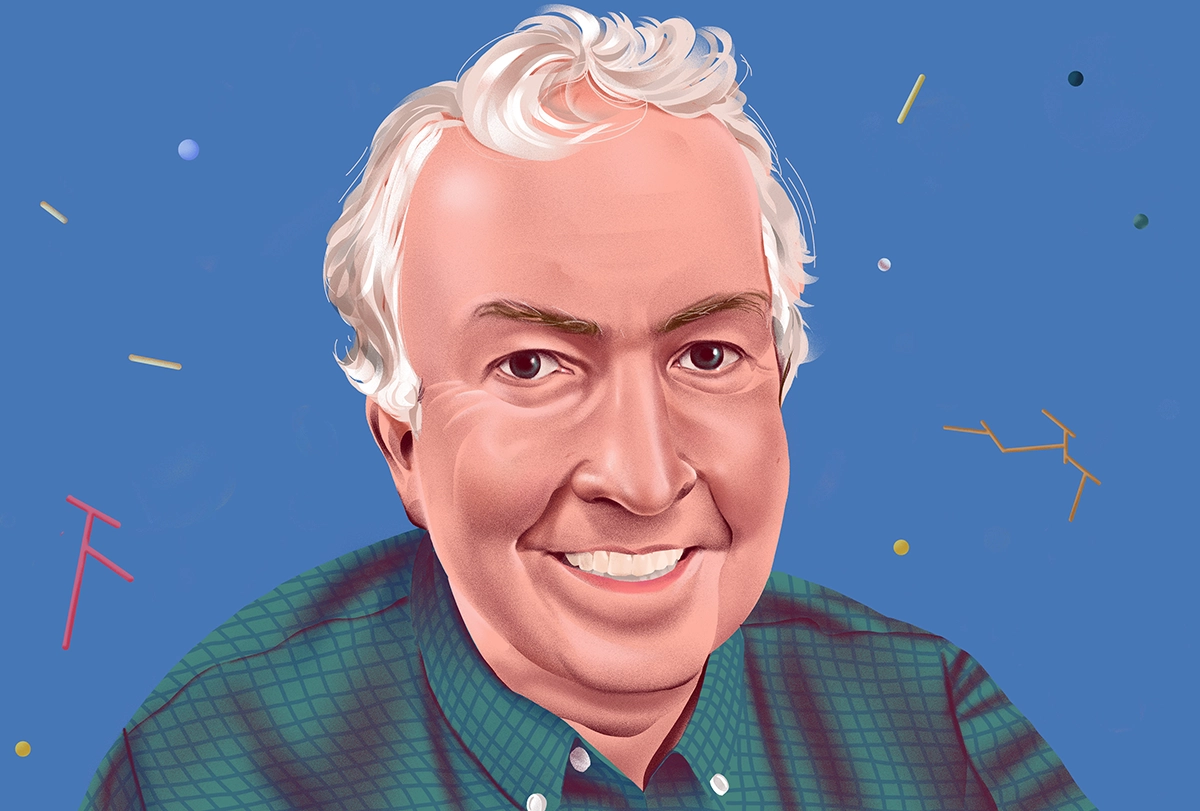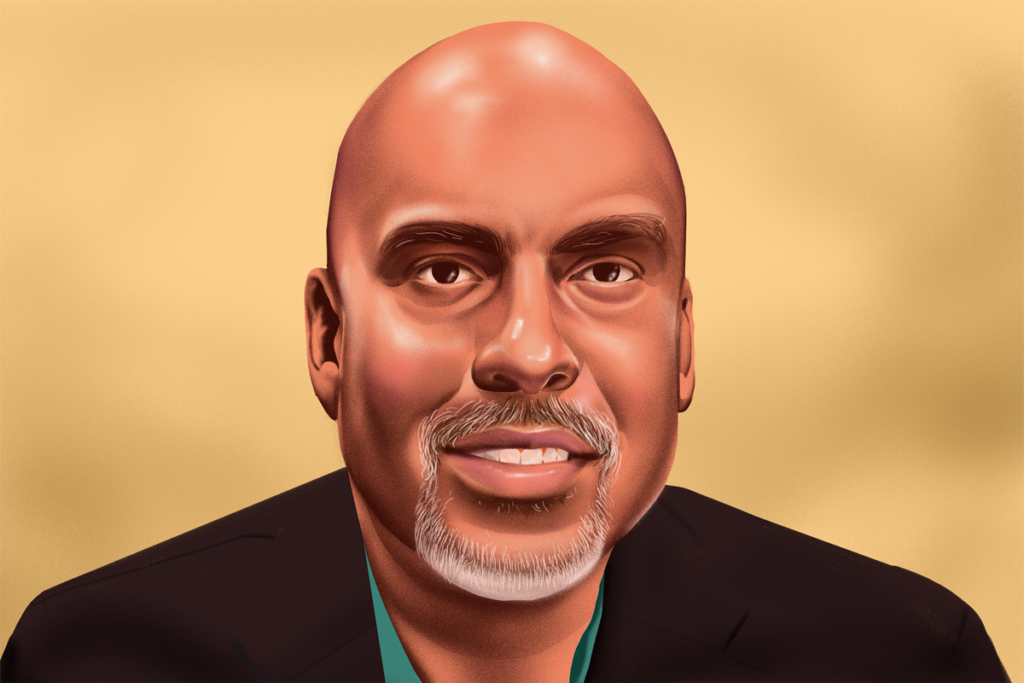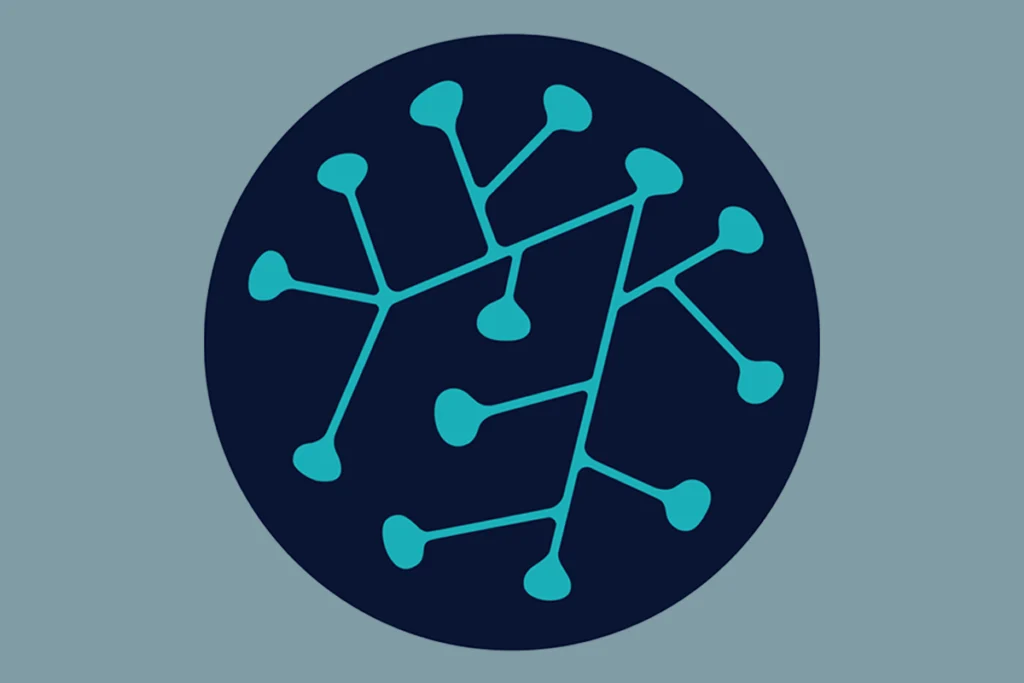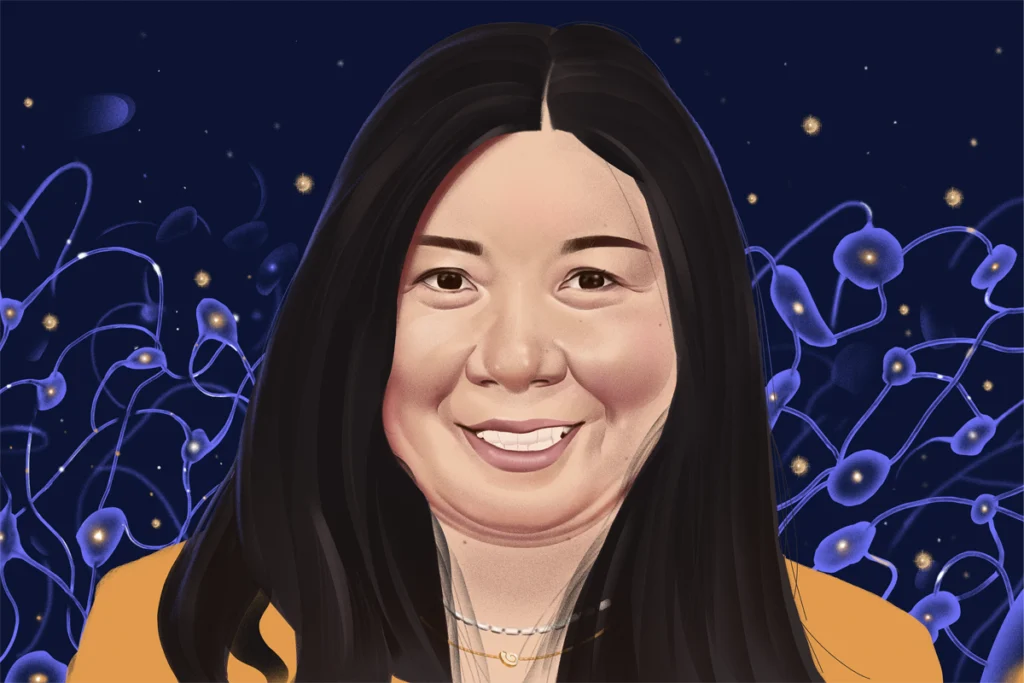
Timothy Ryan on his pivotal switch from studying particle physics to decoding synaptic transmission
Dissuaded from pursuing theoretical physics and deterred by the “long feedback loop” in experimental physics, the National Academy of Sciences member took inspiration from “polymath” Watt Webb and “visionary” Stephen Smith—and learned to work “completely outside his comfort zone.”
Tim Ryan is professor of biochemistry at Weill Cornell Medicine. In this episode of “Synaptic,” Ryan discusses the shift that led him to study cellular and molecular biology, and winning the McKnight Technological Innovation in Neuroscience Award twice.
Read the transcript. A sample is included below.
Tim Ryan
I became sensitized during the Ph.D., but it’s true. The real shift was then I had to go outside of my comfort zone completely. I joined a lab not really knowing what I was going to do. I happened to join a lab that also wasn’t giving tons of direction, for better or worse, but mostly discussing ideas. I came up with some things that were interesting. Truthfully, they weren’t related to synapse. I was sort of holding off until I saw that opportunity and basically fussed around for the first year or so and then landed upon something where I could use my skills, and it turns out I could work on synapses.
That was the turning point. Probably 1992 even was roughly when that happened.
Brady Huggett
This was with Stephen Smith?
Tim Ryan
Yes.
Brady Huggett
Was he not giving direction? It was a free-flowing lab?
Tim Ryan
It was pretty free-flowing. Stephen is honestly a visionary person, but because he’s wired this way, he gets extremely enthusiastic about fundamental ideas that he likes, and he tends to spread himself around these areas. For him, it’s been a very satisfying career to move from exciting thing to exciting thing and seeing what they can contribute. For the people that train with them, it depends on how it goes. With mine, it wasn’t really— the thing that I ended up locking on, I have to say, was not really directed by Stephen. He was fully supportive.
Stephen can tell when something— I remember when I was working with someone who actually had come on sabbatical to Stanford, and it was a well-established scientist, and we ended up working on this. It was a technique to use fluorescent dyes to label synapses. It’s not the very first time, but one of the first times. I realized we could exploit this and learn lots of new things. I remember once we had a dataset analyzed, and it was over Christmas this year, and I was showing Stephen it.
Stephen, he nailed it because what he said was, this is going to change what you do. He could see this was going to be a big deal, and this is going to change what you do.
Brady Huggett
What part was going to change it? The ability?
Tim Ryan
Just when he saw the potential that we tapped into, being able to visualize synapses and study their properties in ways that had never been done before.
Recommended reading
Explore more from The Transmitter

New organoid atlas unveils four neurodevelopmental signatures
Can neuroscientists decode memories solely from a map of synaptic connections?



